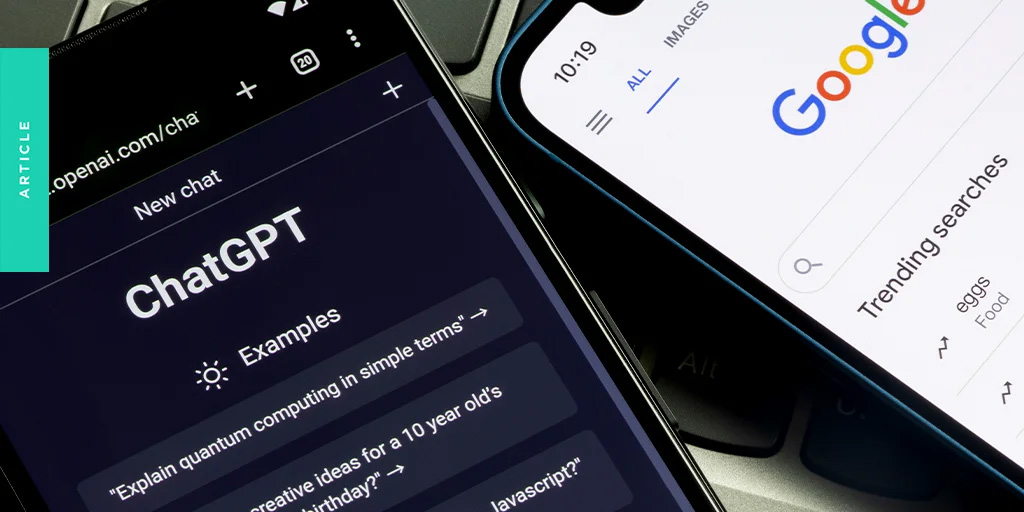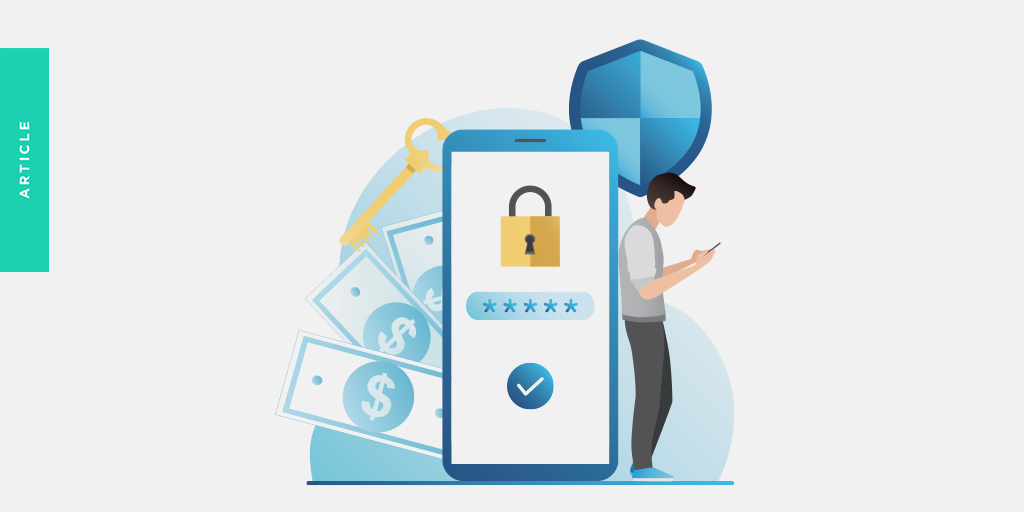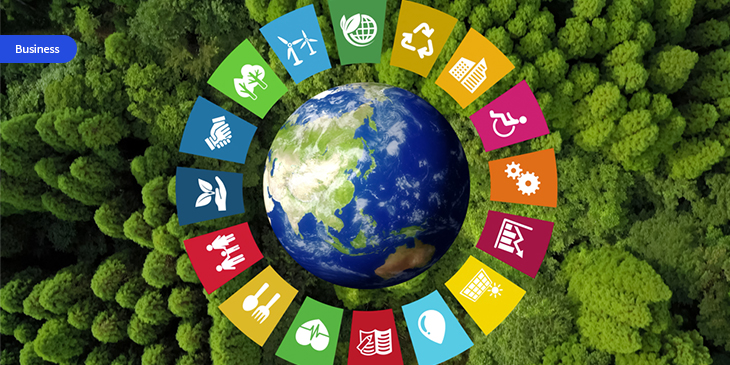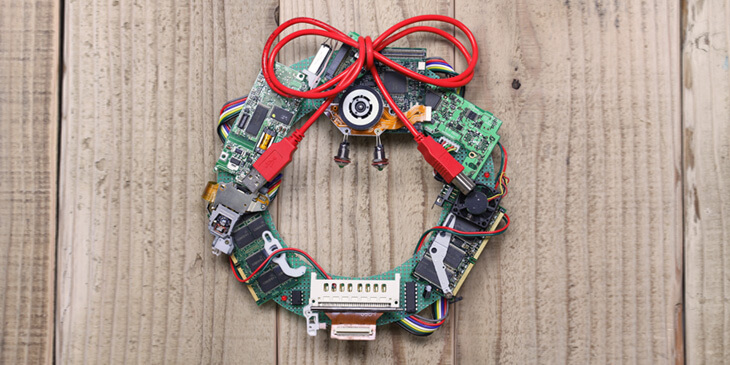5 Checks You Should Be Doing When Using ChatGPT
Exploding onto the tech scene in November 2022, ChatGPT has been radically transforming the world as we know it. Able to create new content by learning from existing data, this AI newcomer is revolutionizing industries and transforming the way companies operate. Because it enables the automation of many tasks formerly done by humans, it leads directly to increased efficiency and productivity, reduced costs, and the opening of new opportunities for growth in many jobs at practically all levels.
Savvy business leaders who recognize the advantages of incorporating ChatGPT into their business models to harness the potential of this new technology are positioned to gain a razor-sharp competitive advantage. That is all well and good, but certain safeguards and human learning must take place in order for ChatGPT to be implemented and used successfully.
With the speed at which ChatGPT has been adopted, it should come as no surprise that current security measures are no longer adequate. Not to fear. There are a couple of very viable suggestions for making sure ChatGPT can be implemented and utilized more safely.
One such suggestion is that companies can license existing AI programs to prevent employees from using a public chatbot with confidential work information. Another solution for some companies is to create their own version of ChatGPT to protect sensitive company information while still allowing their employees to access other components within ChatGPT.
In addition to struggling with safety and security concerns, ChatGPT faces a handful of other significant limitations. For one, it is unable to detect emotional cues and contexts, so it cannot respond appropriately to emotional situations, and it cannot fully comprehend humor or sarcasm. Because it is unable to pick up on the nuances of human communication, it often creates responses that are inappropriate and/or irrelevant.
ChatGPT is also limited by the knowledge it has been fed. Sadly, the content it can generate is only as good as the information it has been fed. In other words, “Garbage in, garbage out.” Plainly, for quality content to be generated, the input it is given must be quality.
Challenges in accuracy and precision, especially grammatical issues, also plague ChatGPT, at least for now. This leads to the need for someone to verify the content it generates.
Though ChatGPT has many limitations and risks, there are checks that you can perform when using it to reduce them significantly:
- Don’t share sensitive data with ChatGPT. Yup. Every single bit of information shared with this generative AI technology is saved, and absolutely nothing is private.
- Double-check sources. Because it operates independently, anything is fair game, so carefully read over the content that it creates before sharing it with others. Verify all information.
- Check math and formulas. Math problems, especially those requiring multi-level steps such as turning word problems into formulas, are unreliable on ChatGPT. Again, answers must be checked.
- Check for copyright issues. ChatGPT composes text by pulling information from imputed information. In generating content, it could well pull from copyrighted sources, thus violating copyright law. Run ChatGPT’s output through a plagiarism checker before sharing, and monitor new guidance and law around the issue of who is the legal owner of AI-generated content.
- Identify Topics ChatGPT Can’t Handle. ChatGPT often can’t handle a complex version of a task, even if it rocks the simpler version. Because it is based on large language learning, ChatGPT “thinks” in natural language, not logically.
Due to its tremendous applications, this AI tech star is rapidly rising. According to the Future of Jobs report from the World Economic Forum, “More than 75% of companies are looking to adopt AI tech within the next five years.” With such a mass adoption of ChatGPT, business leaders must stay informed about its developments and limitations and must understand the limitations explained above to prevent problems from arising when using this game-changing technology.
Content created and provided by ONEAFFINITI.












